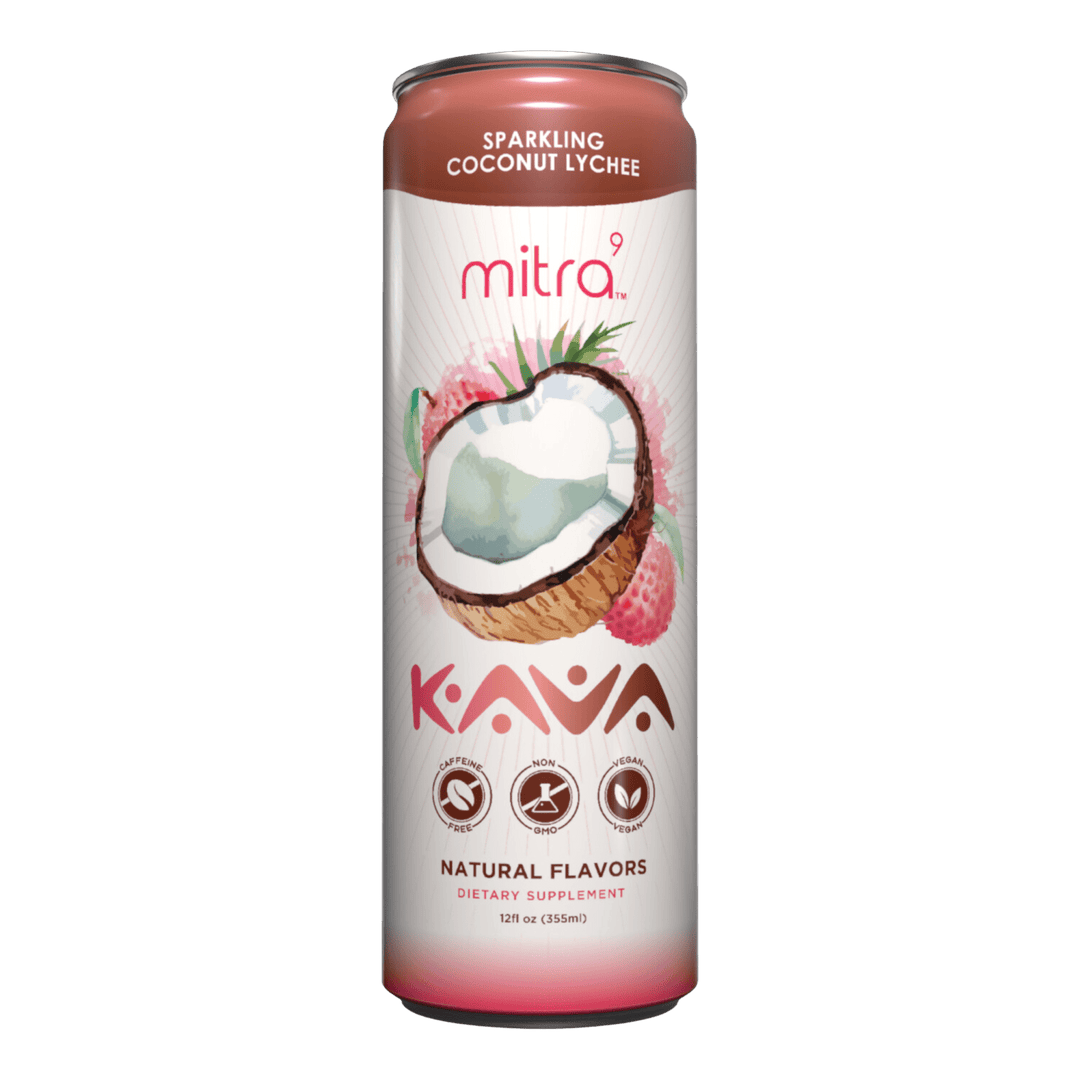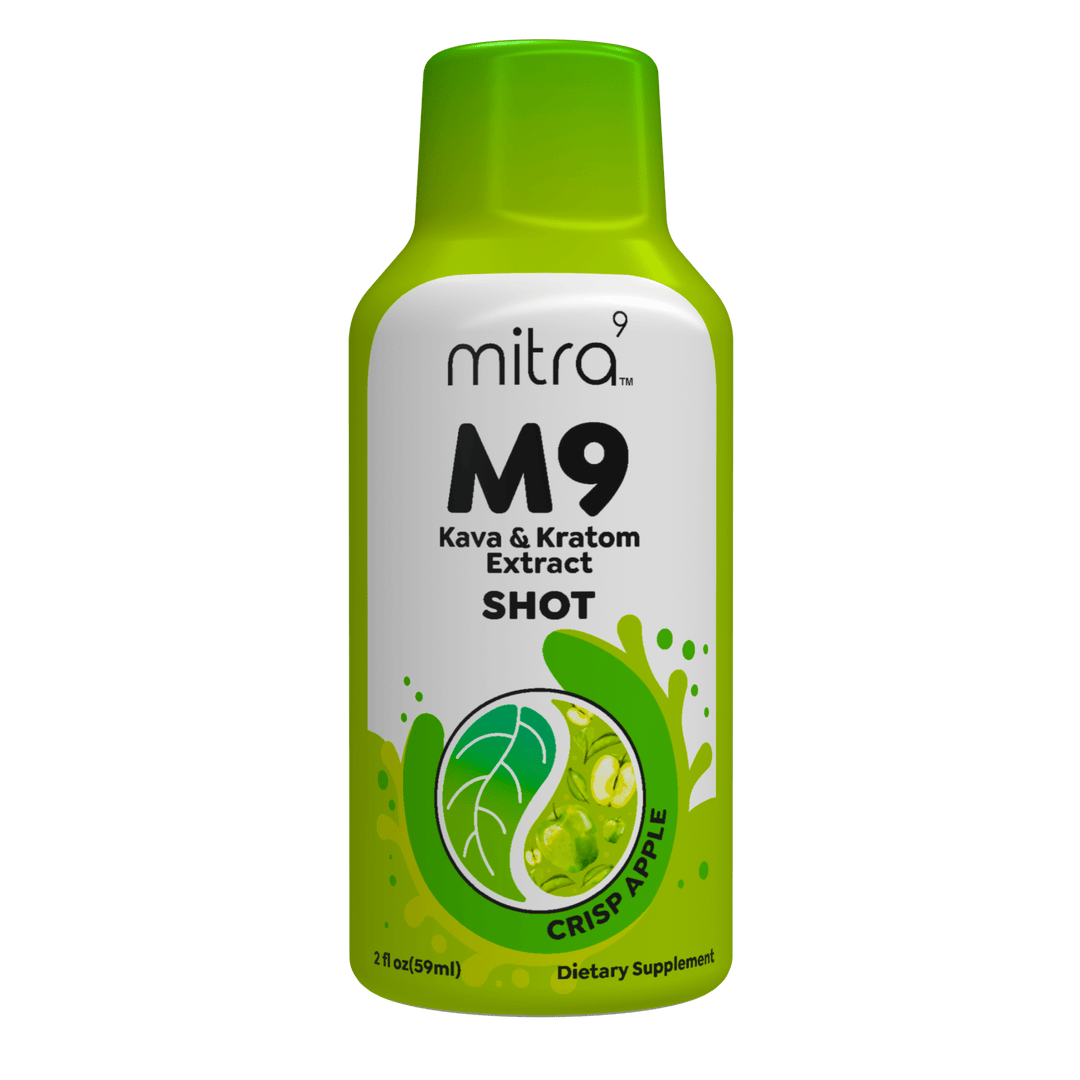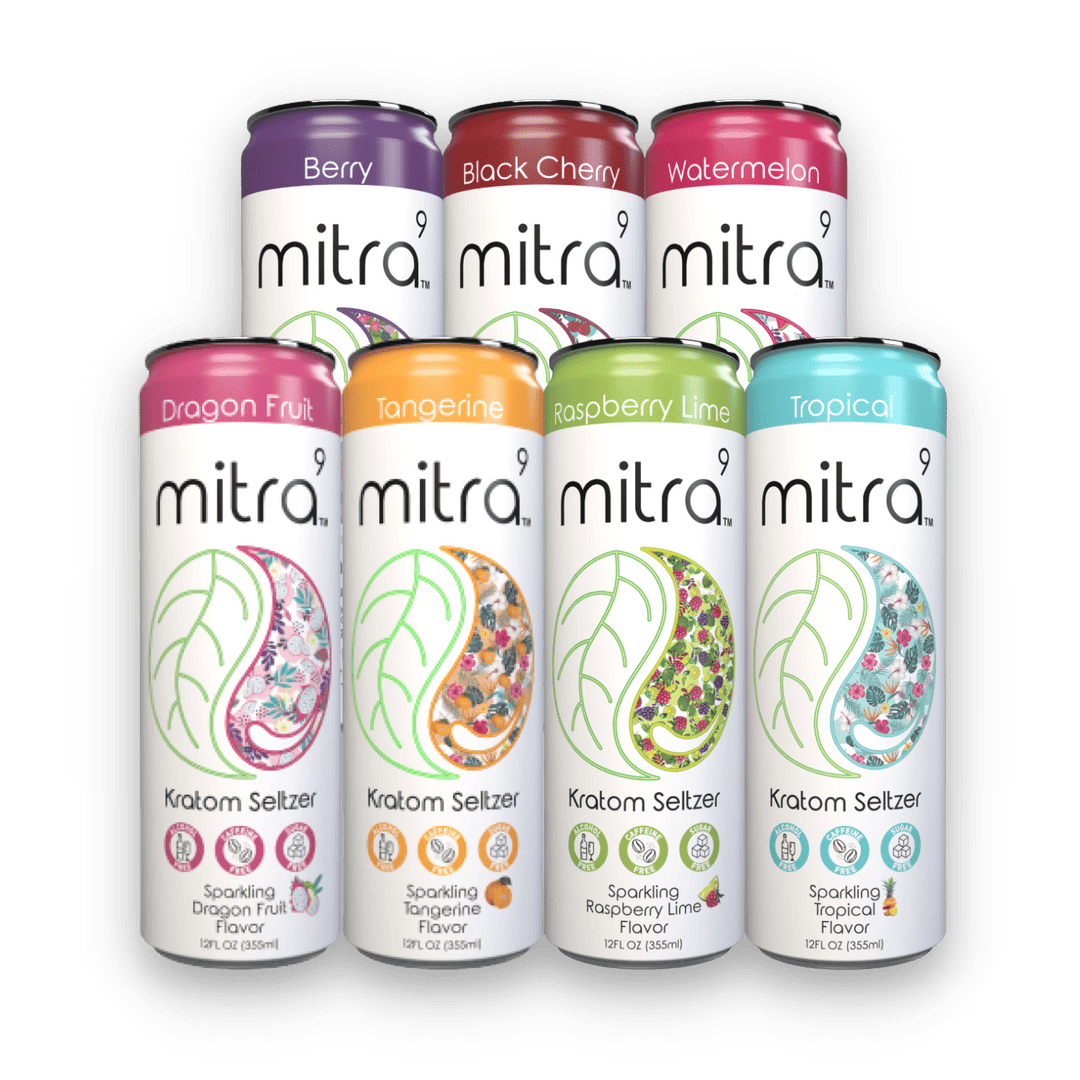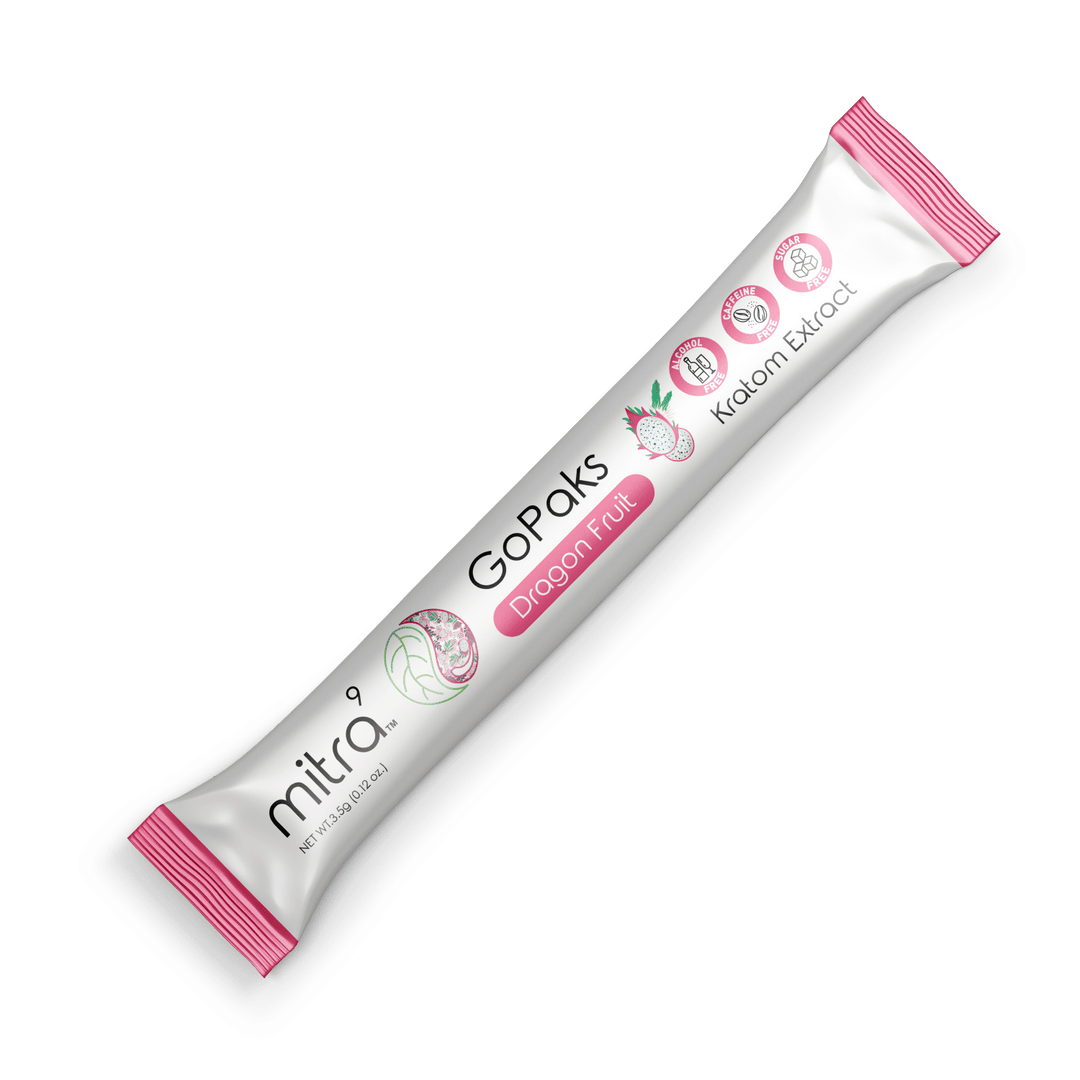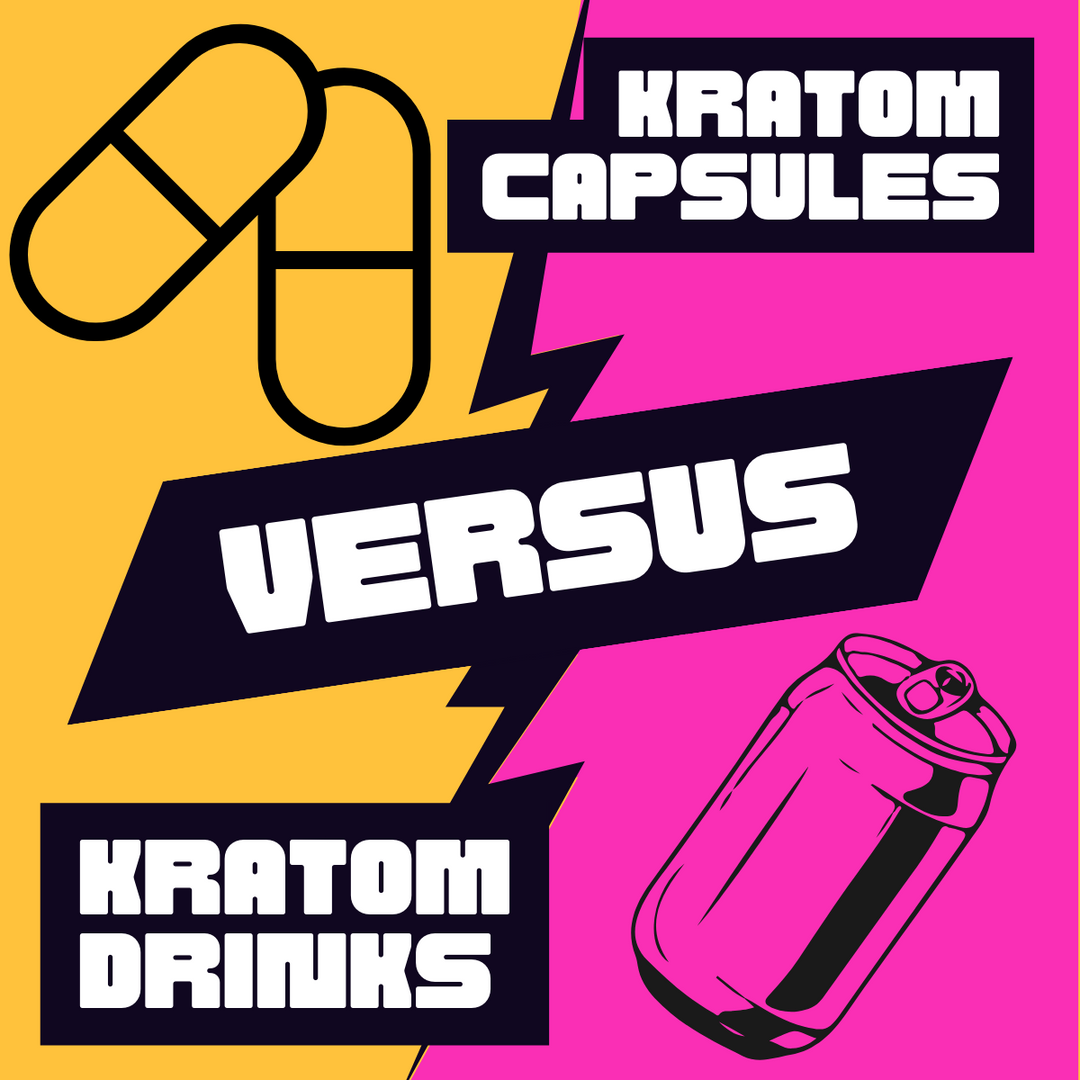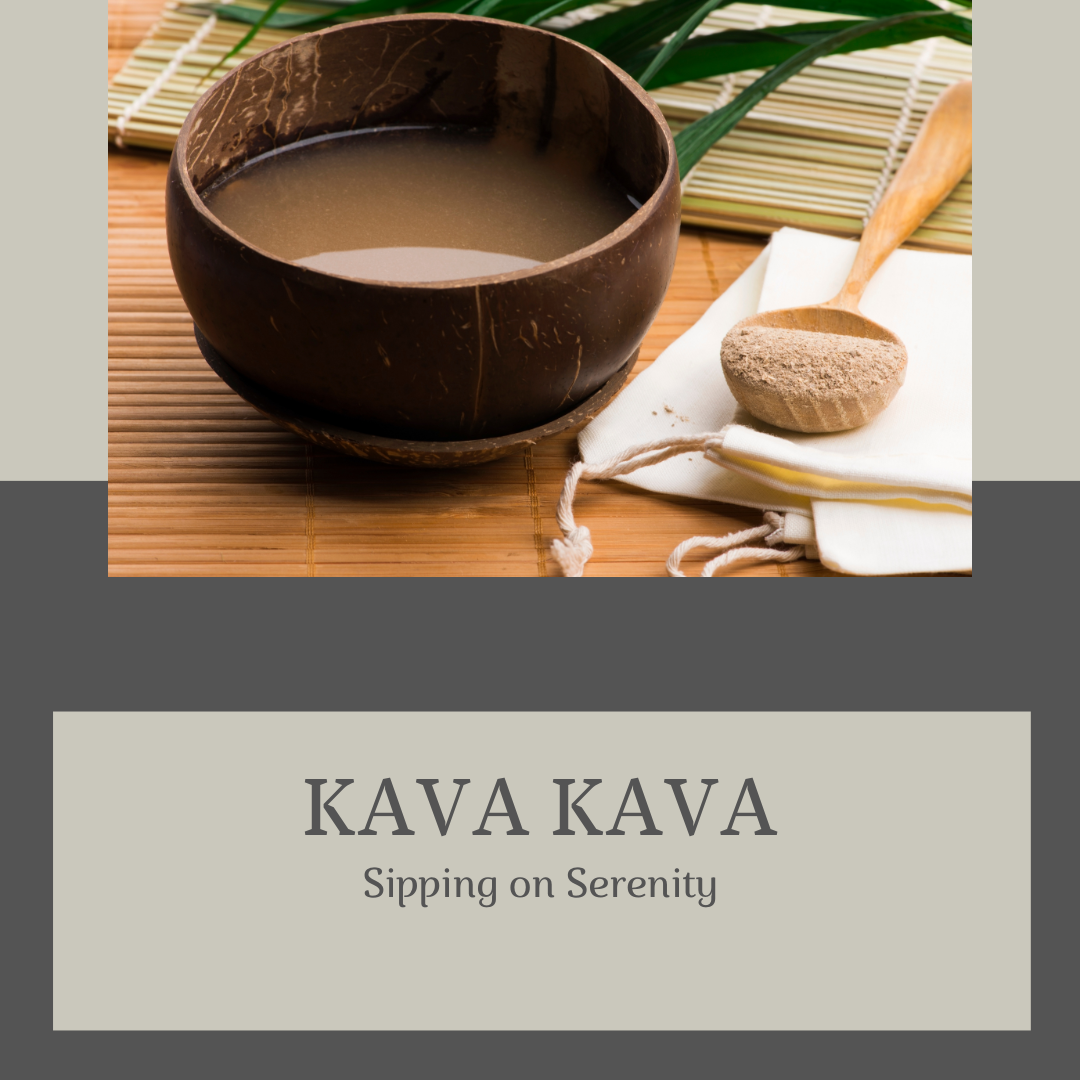Who is Drinking Kava & Kratom?
Kava and Kratom, both hailing from the Pacific Islands and Southeast Asia respectively, have taken the wellness and beverage industry by storm. These traditional herbals are now being marketed and consumed worldwide as functional beverages, appealing to a diverse demographic. This article delves into the various demographics that consume kava and kratom, shedding light on their motivations, preferences, and the burgeoning market for these exotic drinks.
Introduction to Kava and Kratom
Before we explore the demographics, let's understand what these substances are. Kava, made from the root of the kava plant native to the Pacific Islands, is renowned for its calming effects, traditionally consumed to promote relaxation and social bonding. Kratom, from the leaves of the Mitragyna speciosa tree found in Southeast Asia, is known to promote vitality, support well-being, and manage discomforts.
Young Adults Seeking Alternative Relaxation Methods
A significant portion of Kava and Kratom consumers falls within the young adult age group, particularly those in their 20s, 30s and 40's. This demographic often seeks alternative, natural methods for relaxation and stress relief, veering away from traditional alcohol consumption. They are attracted to the calming effects of Kava and the dual-action capability of Kratom.
Health and Wellness Enthusiasts
The rise of the health and wellness movement has also seen a surge in the popularity of functional beverages. Individuals who prioritize natural health remedies, holistic wellness, and organic products are drawn to Kava and Kratom for their perceived benefits. This includes those looking for natural discomfort relief, relaxation, and supporting overall well-being.
Cultural Explorers and Trend Followers
Cultural explorers, curious about traditional practices and herbal remedies from different parts of the world, form another key demographic. Additionally, trend followers who are always on the lookout for the next big thing in health and wellness beverages are increasingly experimenting with Kava and Kratom. Social media influencers and wellness bloggers play a significant role in promoting these beverages to this demographic.
Individuals Seeking Alternatives to Conventional Medicine
People dissatisfied with conventional medicine's side effects or inefficacy are turning to Kava and Kratom. This demographic includes individuals dealing with discomforts, everyday concerns, and other conditions seeking more natural remedies that align with their lifestyle and personal beliefs.
The Community-Focused and Social Drinkers
Kava bars have become social hubs in some urban areas, offering a community-focused alternative to alcohol bars. This has attracted social drinkers looking for a place to unwind without the hangover or negative effects of alcohol. These consumers value the communal aspect of drinking Kava, which is deeply rooted in Pacific Islander culture.
Market Trends and Future Outlook
The market for Kava and Kratom beverages is expanding, with an increasing number of specialty cafes and online retailers catering to the growing demand. Innovations in product offerings, such as ready-to-drink formulations, supplements, and blends with other functional ingredients, are making these beverages more accessible and appealing to a broader audience.
However, it's important to note the regulatory landscape surrounding Kava and Kratom, as it varies significantly by region. While Kava has generally been accepted in many Western countries, Kratom faces stricter regulations due to concerns over its potential for abuse and health risks.
Conclusion
The demographics of Kava and Kratom consumers are as varied as their reasons for consumption, encompassing young adults seeking relaxation, health and wellness enthusiasts, cultural explorers, individuals looking for alternatives to conventional medicine, and community-focused social drinkers. As the market continues to evolve, it's likely that these functional beverages will attract even more diverse demographics, further cementing their place in the global beverage industry. However, ongoing research and regulation will play crucial roles in shaping their future availability and use.
DISCLAIMER: These statements and products presented on this website have not been evaluated by the Food and Drug Administration FDA. The products mentioned on this website are not intended to diagnose, prevent, treat or cure any diseases or health conditions. Therefore any information on this website is presented solely as the opinions of their respective authorswho in which do not claim in any way shape or form to be medical professionals providing medical advice. Mitra-9.com and its owners or employees cannot be held responsible for, and will not be liablefor the inaccuracy or application of any information whatsoever hereinprovided. By purchasing our products you agree that you are aware andin compliance with your local county, state, or federal regulations. Mustbe 21 years or older to purchase Kratom. The US FDA has not approvedkratom as a dietary supplement. We do not ship to the following states,cities and counties in the US where Kratom is banned: Alabama,Arkansas, Indiana, Rhode Island, Vermont, Wisconsin, Sarasota County, FL, Union County, MS, San Diego, CA, Jerseyville, IL, Oceanside, CA, and Ontario, OR. Furthermore, Kratom is also banned in the following countries where shipment cannot be executed: Australia, Burma, Denmark, Finland, Israel, Lithuania, Malaysia, Myanmar, Poland,Romania, South Korea, Sweden, Thailand, United Kingdom, Vietnam.


